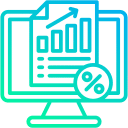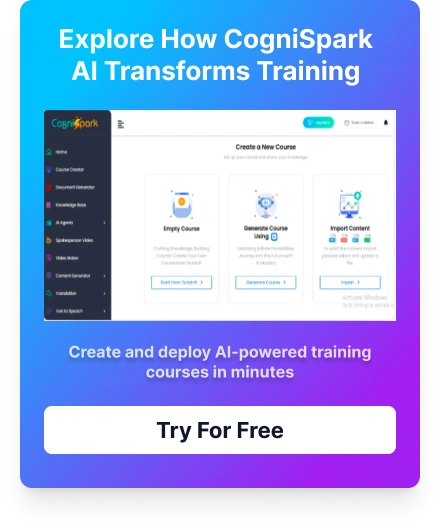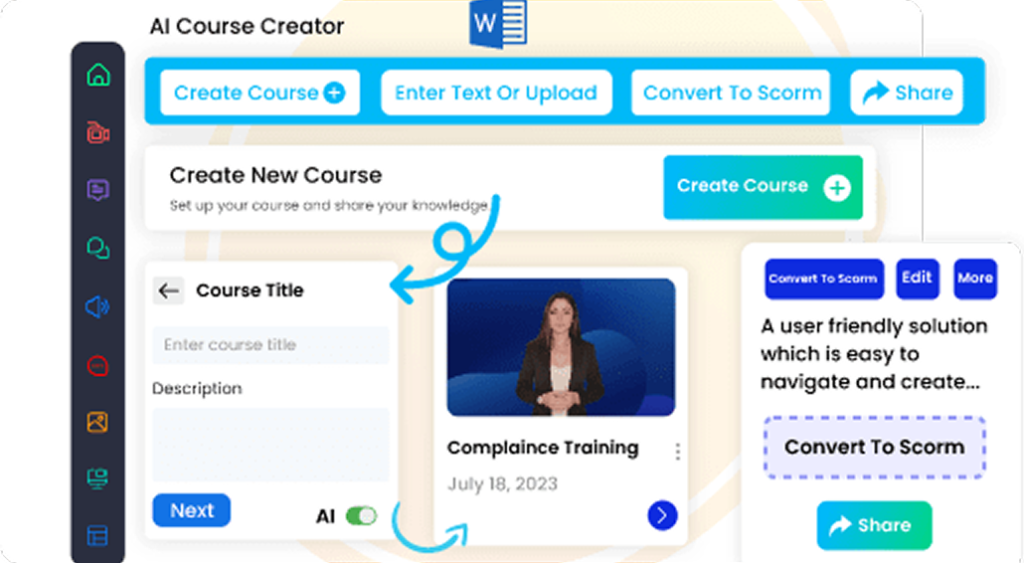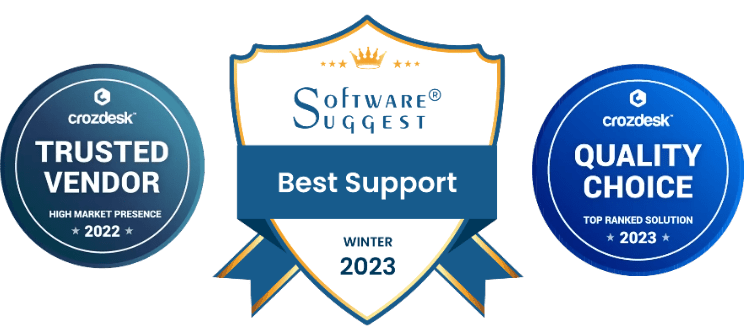In today’s data-driven world, the ability to read, understand, and analyze data is no longer a luxury; it is a necessity. Organizations that invest in data literacy training programs equip their employees with the skills necessary to make informed decisions, drive business growth, and gain a competitive advantage. This blog post explores the importance of data literacy and how best data literacy training programs can help businesses evolve.
What is Data Literacy and Why Is It Crucial for Organizations?
Data literacy refers to the ability to read, understand, analyze, and communicate data effectively. In a business context, data literacy means understanding data trends, interpreting insights, and applying these insights to make strategic decisions. Without data literacy, employees may miss valuable insights or make decisions based on incorrect or incomplete information, leading to inefficiencies and missed opportunities.
How Data Literacy Drives Business Growth
Organizations that focus on improving data literacy at all levels—from executives to frontline employees—benefit from enhanced decision-making capabilities, greater innovation, and improved operational efficiency. Data-driven decision-making leads to better insights, faster problem-solving, and the ability to adapt to market changes quickly. This level of adaptability and insight is essential for businesses striving to stay competitive.
The Importance of Data Literacy Training Programs
Investing in data literacy training programs is a strategic move for any organization. As the volume of data increases, employees must be equipped to work with it effectively. A data literacy training program provides employees with the necessary tools to make sense of raw data and turn it into actionable insights that drive business decisions.
Closing the Skills Gap
Many employees, even in technical roles, lack the skills to interpret and analyze data effectively. By offering best data literacy training programs, companies can bridge the skills gap, ensuring that employees at all levels can use data to make decisions. This training typically covers the basics of data interpretation, statistical analysis, and data visualization tools, helping employees understand the story behind the data.
Empowering Employees to Make Informed Decisions
When employees understand data, they are empowered to make informed decisions independently. They can assess performance metrics, identify trends, and make predictions that align with the organization’s goals. With the right data literacy training, teams across all departments—HR, marketing, operations, and more—can contribute to the organization’s success through data-backed decision-making.
How the Best Data Literacy Training Programs Benefit Organizations
Choosing the right data literacy training program is essential to ensuring employees are adequately prepared. The best programs not only teach the technical aspects of data analysis but also focus on fostering a data-driven culture within the organization. Here’s how the best programs can benefit your organization:
1. Improved Decision-Making Across Departments
Employees trained in data literacy are better equipped to interpret data and make decisions that positively impact their work. For example, marketing teams can use data to optimize campaigns, while finance teams can identify cost-saving opportunities. When every department has access to accurate data and understands how to use it, decision-making becomes more consistent, accurate, and timely.
2. Increased Efficiency and Productivity
Data literacy training can help employees identify inefficiencies, automate processes, and predict trends. With data insights, employees can streamline workflows, reduce waste, and focus on high-impact activities. As a result, productivity levels increase across the organization.
3. Enhanced Collaboration and Innovation
When employees across various departments share the same understanding of data, collaboration becomes smoother. A unified approach to data analysis fosters innovation, allowing teams to explore new solutions and drive continuous improvements. As employees become more comfortable sharing data insights, creative problem-solving and cross-functional collaboration thrive.
Learning Built Around Your Goals.
Discover how our courses can align with your training goals and drive real results.
Choosing the Right Data Literacy Training Program for Your Organization
Not all data literacy training programs are created equal. The best programs are those that are customizable, scalable, and tailored to the specific needs of your organization. Consider the following factors when selecting a data literacy training program:
1. Program Content
The training program should cover fundamental data concepts as well as advanced topics such as data visualization, statistical analysis, and data ethics. It should also include practical tools and real-world applications relevant to your industry.
2. Delivery Method
Consider the format of the training—whether it’s in-person, online, or hybrid. Choose a delivery method that aligns with your organization’s learning culture. Online programs offer flexibility, while in-person training can facilitate team-building and hands-on learning experiences.
3. Expert Instructors
Instructors should have a deep understanding of data analytics and be able to communicate complex concepts in simple terms. Look for training programs led by experienced professionals who can provide personalized support to your employees.
4. Customization and Scalability
The best training programs can be customized to suit your organization’s unique needs. Whether you’re looking to train a few employees or your entire workforce, the program should be scalable and adaptable to your growth.
Data Literacy Training: A Long-Term Investment in Organizational Success
Data literacy is no longer an optional skill; it is a strategic advantage. By investing in data literacy training programs, organizations ensure that their employees are prepared to handle data-driven challenges and make decisions that propel the business forward. As the business landscape continues to evolve, having a data-literate workforce will be key to staying ahead of the competition.
Building a Data-Driven Culture
A robust data literacy training program contributes to building a data-driven culture within your organization. As employees gain confidence in their ability to work with data, they become more proactive in seeking data-driven insights and making decisions based on evidence. This cultural shift fosters continuous improvement, innovation, and adaptability, which are essential for long-term success.
Conclusion: Take the Next Step Toward Data Literacy
Data literacy is the key to unlocking the full potential of your organization’s data. By offering comprehensive data literacy training programs, you enable your employees to make smarter decisions, improve efficiency, and foster innovation. The best data literacy training programs will empower your workforce to confidently analyze and interpret data, contributing to better outcomes across all areas of your business.
Access 100+ fully editable, SCORM-compatible courses featuring an integrated AI Tutor and an in-built authoring tool. Seamlessly compatible with any LMS, these courses are designed to elevate your training programs.
Explore Our eLearning Course Catalog

























